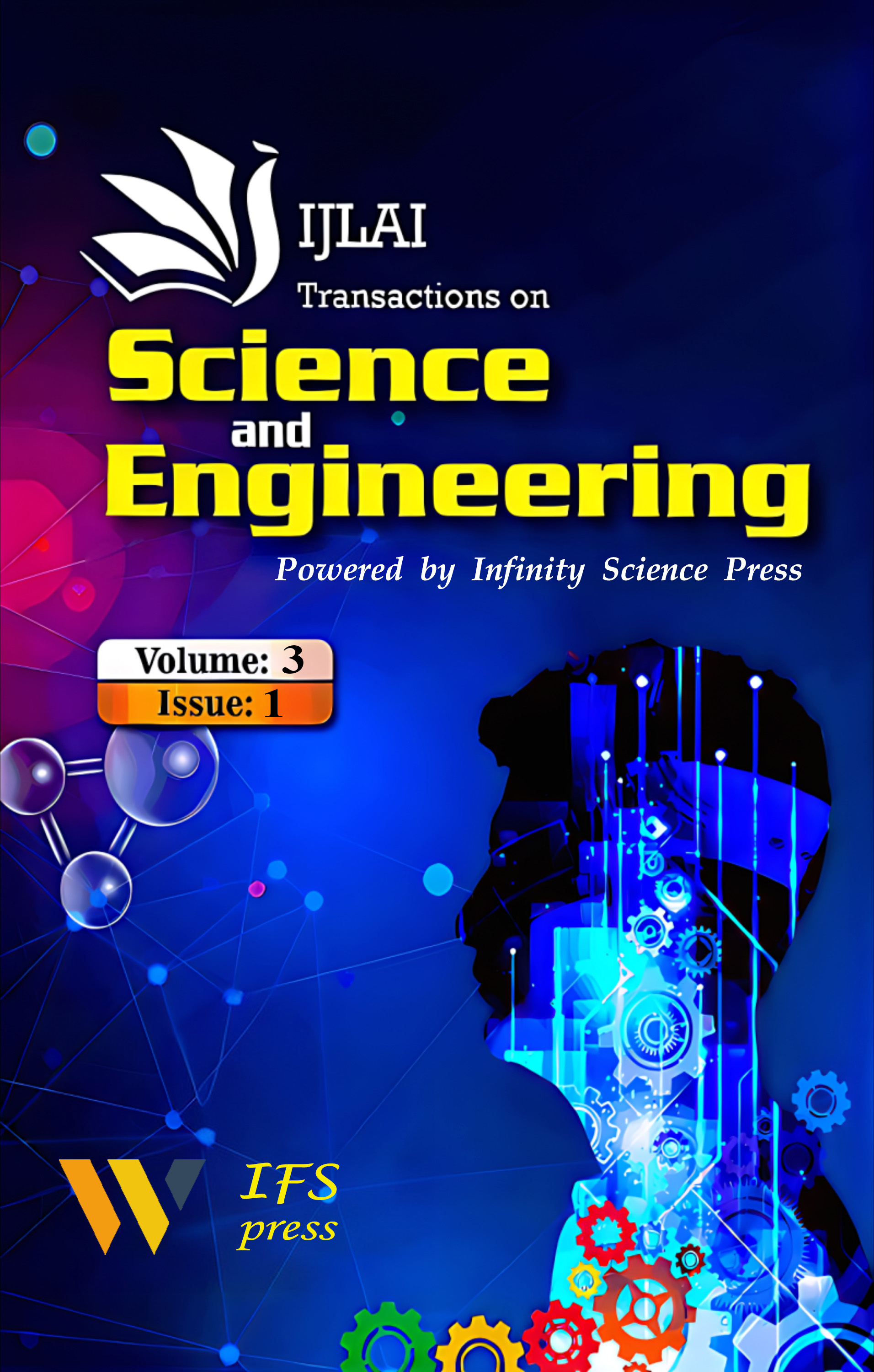A Novel Dark and Light Primary Color Prior Theory for Road Visibility Detection
Keywords:
Road visibility detection, Atmospheric light value, Atmospheric extinctionAbstract
Aiming at the problems of high complexity and low accuracy of existing visibility detection methods, a road visibility detection method based on monitoring images is proposed. Firstly, the transmittance of dark and bright primary colors is obtained by the theory of dark and bright primary color prior. Then, the atmospheric light value and atmospheric transmittance are optimized by using adaptive fog removal weight and adaptive filtering window, and the transmittance of the first and last end points of the lane line is one-to-one corresponding to the optimized dark and bright primary transmittance. Finally, the atmospheric extinction coefficient and visibility are calculated by combining the distance between the end and end of the lane line. The experimental results show that this method can achieve high precision detection within 100-600m, and the relative error is less than 10%. Compared with other methods, the detection efficiency of this method is faster, the accuracy is higher and the realization is easier.






